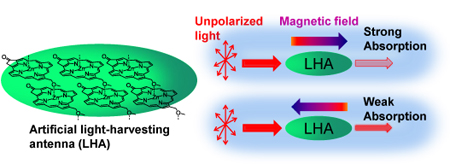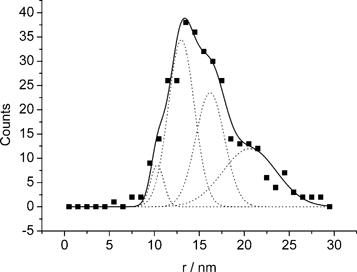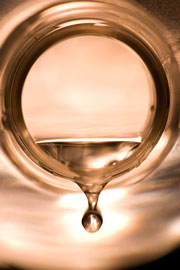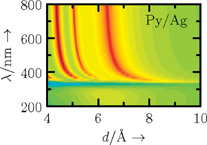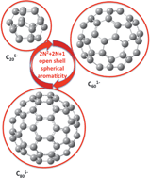Luminogenic materials are a hot topic of research due to their potential applications in biotechnology and memory systems. But most luminogenic materials undergo aggregation-caused quenching (ACQ) in the solid state. This is when the dye molecules near each other aggregate and form species that weaken the material’s emission.
Ben Zhong Tang and his team have been researching materials that instead exhibit aggregation-induced emission (AIE). This makes the preparation of solid state luminogens much simpler as aggregation increases the activity. Unfortunately, there are few AIE-active emitters in the longer wavelength region, which is of interest for biotechnology applications.
Tang’s team have addressed this oversight by developing a novel luminogen which couples the AIE property of tetraphenylethene and the longer wavelength activity of a hemicyanine dye. The emission properties of the resultant crystals can be readily tuned by the solvent molecules in the solution they are grown from.
Most interestingly, the prepared luminogen shows crystochromism: a strong yellow emission in its thermodynamically stable crystalline form and a red colour in its metastable amorphous form. These changes are fully reversible, with grinding, heating or fuming causing the change in the luminogen’s crystallinity.
To find out more, download the ChemComm article today.












